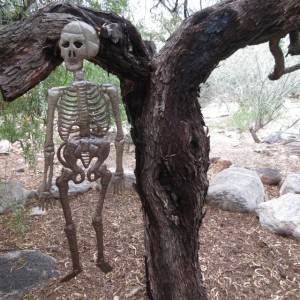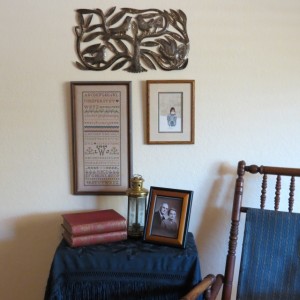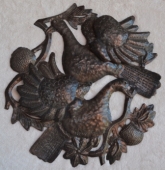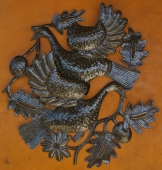Letting the Skeleton Out of the Closet
Labor Day has passed and suddenly, it’s fall. Of course, in the scientific sense, it is not fall until the autumnal equinox has occurred. This is when the sun shines directly on the Equator and the length of day and night are very nearly equal, happening this year on Sept. 23rd at 08:22 Universal Coordinated Time, according to timeanddate.com, just in case you were wondering. All of that is well and good – not to mention precise – but to me, fall has arrived already. The school busses are back in the neighborhhood, the temperatures are starting their blessed annual slide, and if I look very, very carefully, I can see the first signs that the leaves are starting to loosen their grip on the twigs and branches above me. That is all the proof I need.
So all of that reminds me that I have a skeleton in the closet that should come out. Maybe not right away, but at least I should start thinking about it. I might try carrying him around a little bit, give him some air, and see if if I can’t find a fresh, new spot for him to while away the hours. Yes, it is time to generate some new decorating ideas for the Day of the Dead and Halloween next month!
I have had my skeleton for a couple of years now, and I tell you, I love it. But every year it is the same. I put it on one of my two front porch pillars and there it hangs, like a macabre sentinel, guarding the Door of Dread. It looks good – great, in fact, if I may say so. But still, it’s got other possibilities. I just need to find them.
Should I dress him up? Hang him elsewhere? Use him in some other manner? The first two below are my favorites. What do you think?
Contributed by Linda for It’s Cactus

























